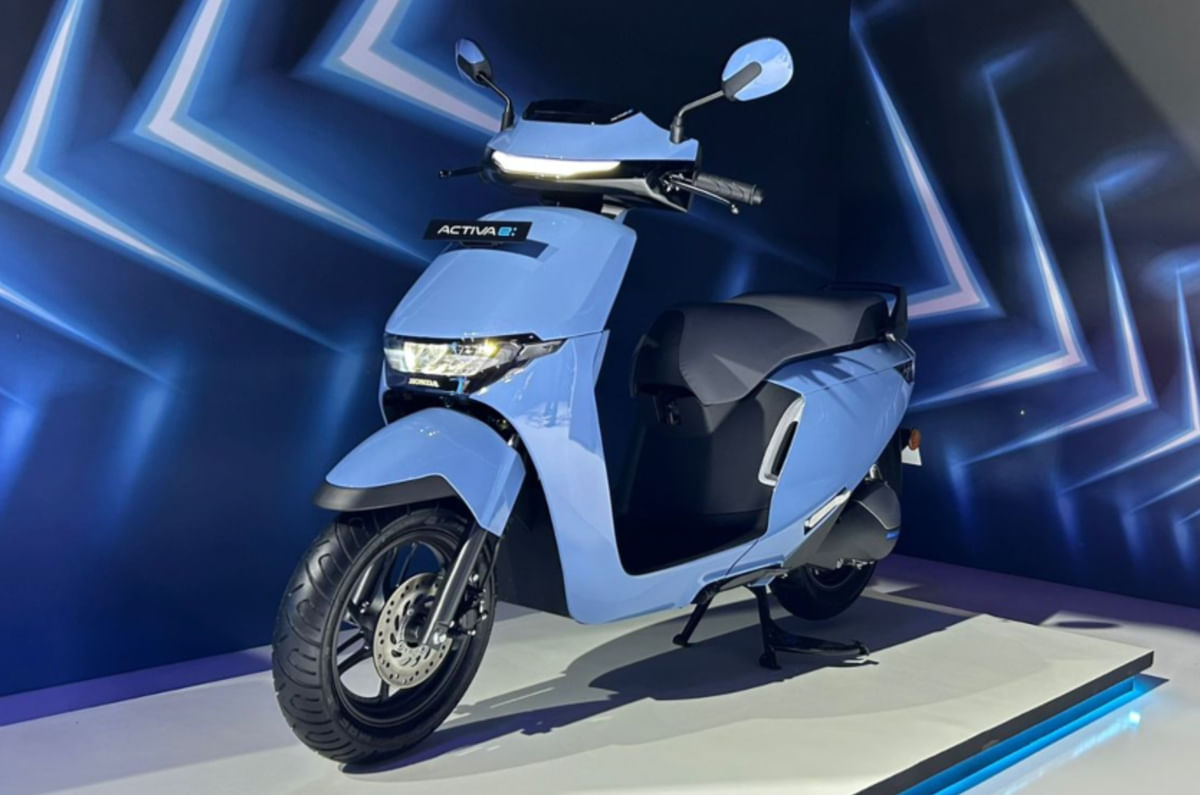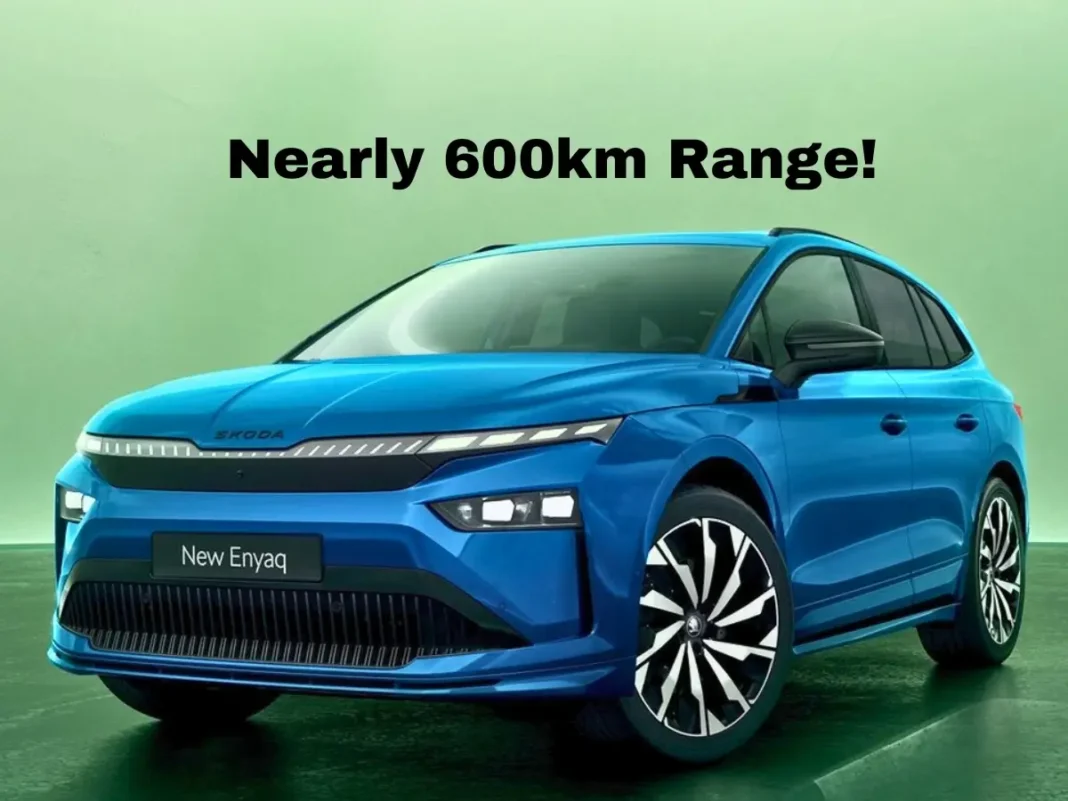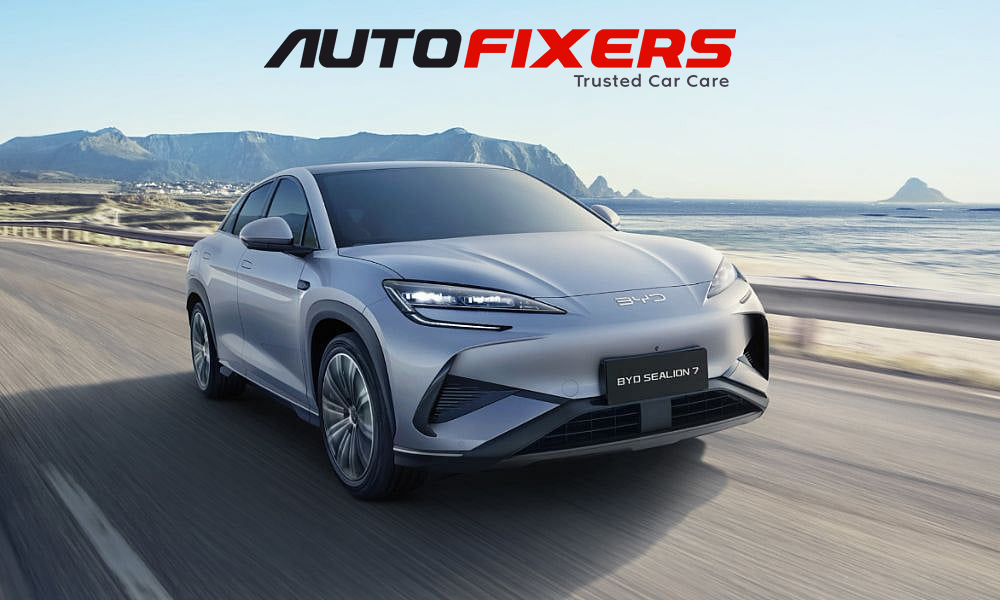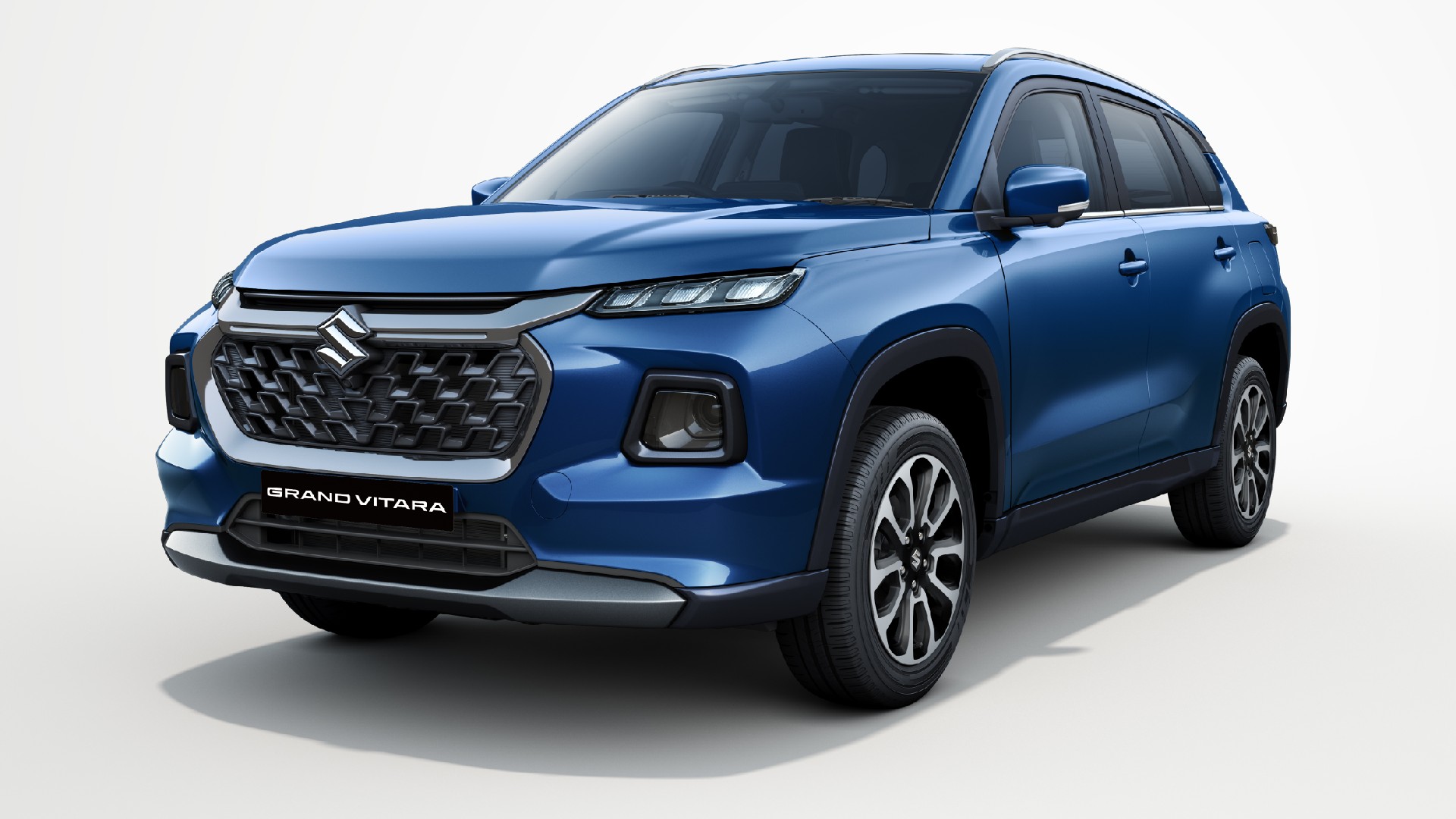
Honda’s Strategic Approach to Electric Two-Wheelers
Honda Motorcycle & Scooter India, a late entrant in the electric two-wheeler (E2W) segment, is taking a measured approach to its market entry. Rather than rushing to introduce a wide range of electric vehicles (EVs), the brand is focusing on closely monitoring the experiences of early adopters to inform its long-term electric strategy.
Key Focus Areas
- Assessing User Responses to Battery Degradation: Honda aims to understand whether users prefer battery swapping, vehicle replacement, or completely switching to different options as battery performance declines.
- Testing Charging Behaviors: The company will compare user behavior between their dual models, the Activa e: and QC1, to study preferences for battery swapping versus home charging.
- Strategic Rollout of EVs: Honda plans to adopt a slow and deliberate approach to launching EVs in India, considering the country as a key long-term market.
Insights on Battery Degradation and Consumer Behavior
Understanding Consumer Responses
By focusing on battery deterioration patterns, Honda aims to utilize real-world data from its initial electric offerings, the Activa e: and QC1, to define the next steps in its EV roadmap. According to Tsutsumu Otani, Managing Director, President & CEO of HMSI, “Maintaining an EV for an extended period can be challenging, especially due to battery degradation after 4–5 years.”
As India’s first generation of EV customers, who adopted electric scooters between 2020 and 2021, begin to experience battery wear, Honda believes that consumer behavior and perceptions of residual value will be critical indicators for future adoption trends and product planning.
Dual Approach to Battery Management
Honda’s strategy involves a hybrid model with its initial electric scooters. The Activa e:, which features a swappable battery, is currently limited to Bengaluru, while the QC1 is designed for home charging. Honda sees the battery ownership model as a game-changer that will allow it to cater to a diverse urban mobility audience while collecting vital data on battery usage patterns.
Long-Term Commitment to Electric Mobility
Future Production Plans
Despite its cautious entry into the electric market, Honda is firmly committed to its EV strategy, with plans to produce 220,000 electric two-wheelers annually in the near future. The company has three additional EV models planned for the Indian market, signaling a strong future presence in this segment.
India is essential to Honda’s overall EV production vision, with a dedicated EV manufacturing facility in Karnataka set to begin operations by 2028, which will serve as the foundation for future launches.
Observational Strategy Before Scaling
The electric two-wheeler market in India experienced growth of 21 percent year-on-year, with 1.15 million units sold in FY25, and EV penetration now stands at 6–7 percent. While many startups initially dominated the sector, established players like TVS and Bajaj have made significant strides, and Hero MotoCorp is also capturing market share. In contrast, Honda is opting for a more careful approach—focusing on understanding consumer needs and aligning infrastructure rather than vying for immediate market dominance.
This deliberate strategy aims to give Honda the insights needed to optimize its product offerings, cost structures, and support systems for the unique usage patterns present in India.





